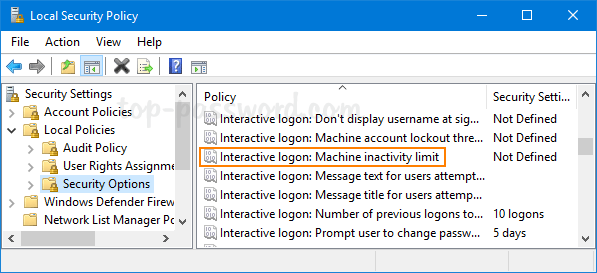
Some apps will block Windows 10 from sleeping the display and the system even if the user has been idle.
Open the dropdown under Battery and Plugged in for Turn off display and choose a shorter time period. In the column on the left, select ‘Choose when to turn off the display’. Paste the following in the location bar and tap Enter.Ĭontrol Panel\Hardware and Sound\Power Options. The time-out period may have been set too long and you may be expecting the monitor to enter sleep sooner. It’s possible that your monitor won’t sleep because it isn’t time for it to enter sleep. Try the fixes below to determine what is preventing your monitor from going to sleep. If Windows 10 won’t put the monitor to sleep, there may be several reasons behind it. Monitor Won’t Sleep Automatically (Solutions) The default settings generally have a small time-out period so your monitor will likely go to sleep in 2-5 minutes. If a user never changes it, it will use the default setting and enter sleep accordingly. The sleep function for the monitor is automatic. The setting is applied on a per-power plan basis and on a power state-basis i.e., if the system is running on battery or if it’s plugged in. Both the display and the system can be set to enter sleep after a period of inactivity that a user can choose. Users can choose when some of the components on their system are put to sleep. This sleep process starts with the screen locking on inactivity, followed by the monitor turning off i.e., entering sleep, and ends with the entire system entering sleep mode. 
Windows 10 has a built-in feature where, if your system is idle for too long, it will begin to put certain components to sleep.






